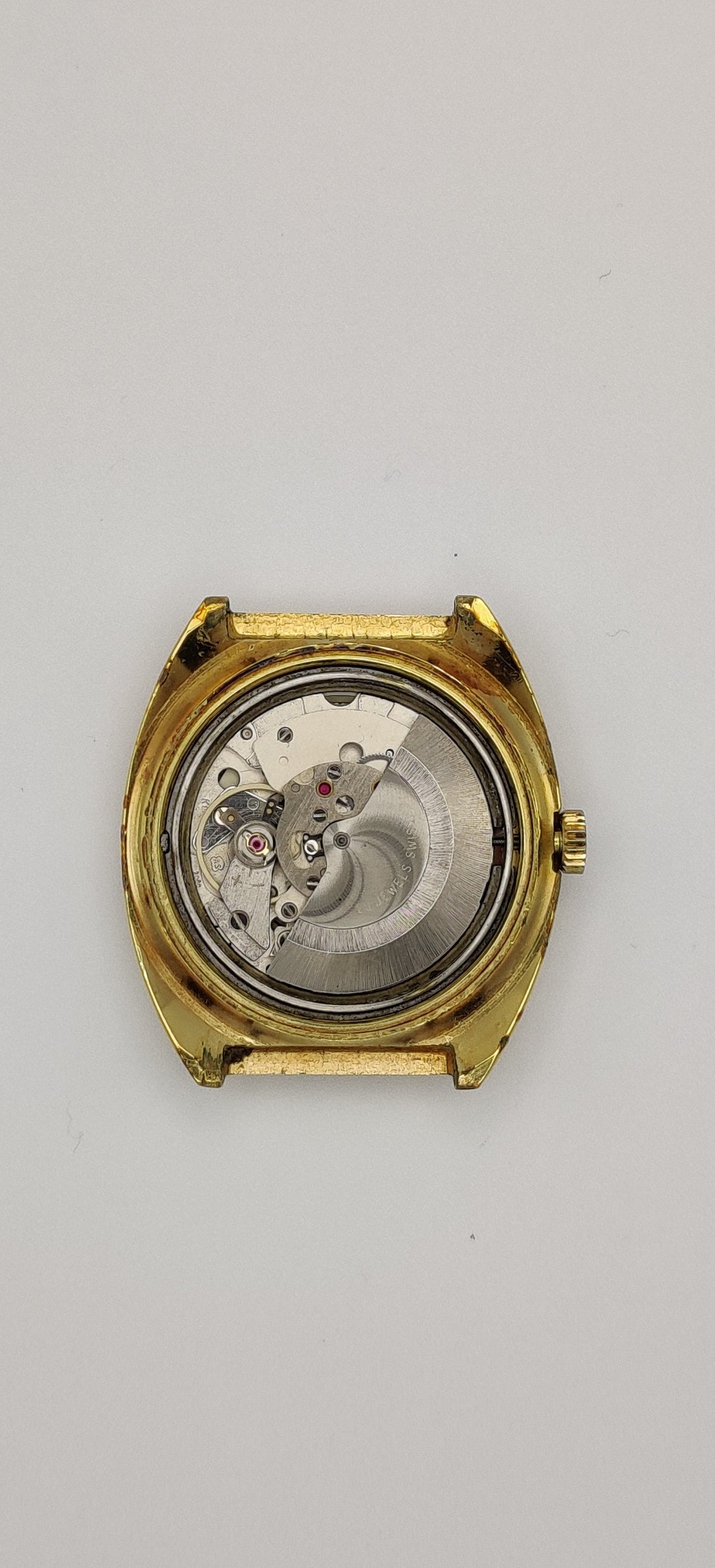
How to Maintain Your Vintage Automatic Watch
Share
Vintage automatic watches are not just timepieces, they are pieces of history. These watches have a unique charm and character that you just don't find in modern watches. However, they require a bit more care and attention than their modern counterparts. In this article, we'll go over some tips and tricks to help you take care of your vintage automatic watch and keep it running smoothly for years to come.
Changing the time:
Knowing when not to change the time on your vintage automatic watch is crucial to prevent any damage to the delicate mechanism of the watch. Here are some more details on when you should avoid changing the time on your vintage watch:
-
When the watch is being wound: If your vintage automatic watch is self-winding, it is essential to avoid changing the time when it is in the process of winding itself. If you attempt to change the time while the rotor is in motion, you could damage the watch's gears and other delicate parts.
-
When the date is changing: If your vintage automatic watch has a date function, be sure to avoid changing the time when the date is in the process of changing. Trying to change the time during this time can cause damage to the watch's gears, which can lead to issues with the date function.
-
When the watch is fully wound: When your vintage automatic watch is fully wound, meaning that the mainspring is at maximum capacity, it is best to avoid changing the time. Doing so could cause the mainspring to break, which can be a costly repair.
-
When the watch is running low on power: If you notice that your vintage automatic watch is running low on power, it's best to avoid changing the time until it has fully wound itself. Changing the time when the watch is low on power can cause the movement to slow down, and the timekeeping accuracy can be affected.
In conclusion, to avoid damaging your vintage automatic watch, it's crucial to know when not to change the time. Avoid changing the time when the watch is winding up or down, when the date is changing, or when the watch is running low on power. A general rule of thumb is to avoid changing the time on your watch between 9PM and 3AM, with a wider time frame for older watches. It's also a good idea to handle the watch gently when changing the time, as any sudden or forceful movements can cause damage to the movement.
If you're not sure when it's safe to change the time on your vintage automatic watch, it's best to consult with a professional watchmaker or refer to the watch's manual. A watchmaker can provide you with guidance on the proper care and maintenance of your vintage watch, as well as recommend any necessary repairs or adjustments.
In addition to avoiding changing the time at the wrong time, it's important to handle your vintage automatic watch with care. Avoid exposing the watch to extreme temperatures, moisture, or magnetic fields, as these can all cause damage to the movement. When not wearing the watch, store it in a safe and dry place, preferably in a watch box or pouch.
In conclusion, taking care of a vintage automatic watch requires patience, attention to detail, and a gentle touch. Regular cleaning and maintenance, knowing when not to change the time, and handling the watch with care can all help to ensure that your vintage timepiece remains in excellent condition for years to come. With proper care and maintenance, a vintage automatic watch can be a cherished heirloom that can be passed down for generations.
Cleaning & Services:
One of the most important aspects of taking care of your vintage automatic watch is keeping it clean. Over time, dust, dirt, and other debris can accumulate on the surface of the watch, which can cause scratches and other damage.
To clean your watch, use a soft, lint-free cloth to gently wipe away any dirt or dust. If the watch is particularly dirty, you can use a damp cloth with a mild soap to clean it. However, be sure to avoid getting any water or soap on the movement or inside the watch, as this can cause damage. In addition to cleaning the surface of your watch, it's also important to have it serviced regularly by a professional watchmaker. A watchmaker can inspect the movement, clean it, and lubricate it to ensure that it continues to function properly. Most watchmakers recommend having your vintage automatic watch serviced every three to five years, although this may vary depending on the brand and age of the watch.
When it comes to cleaning your vintage automatic watch, there are a few things to keep in mind. First, be sure to remove the watch from your wrist before cleaning it. This will allow you to access all areas of the watch and avoid accidentally damaging the movement. When wiping down the watch, use a soft, lint-free cloth and avoid using any harsh chemicals or abrasive materials that could scratch or damage the surface.
If your vintage automatic watch has a leather strap, it's important to take care of the strap as well. Leather straps can dry out over time and become brittle, so it's a good idea to condition them every once in a while. To condition your leather strap, you can use a leather conditioner or a small amount of olive oil. Apply the conditioner or oil to a soft cloth and gently rub it into the strap. Be sure to avoid getting any oil or conditioner on the case of the watch, as this could remove the finish or leave stains.
Feel free to reach out to us for additional tips, we're always happy to help!

1 comment
Website looks great Toni.